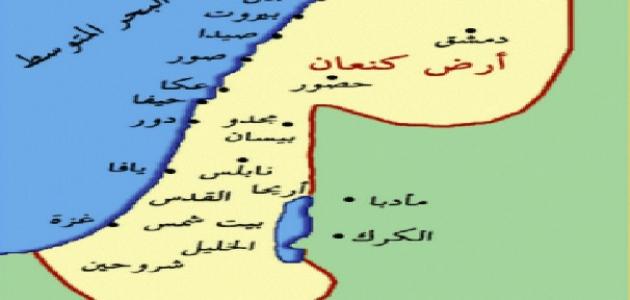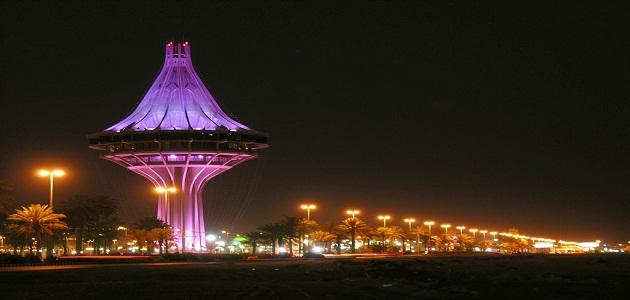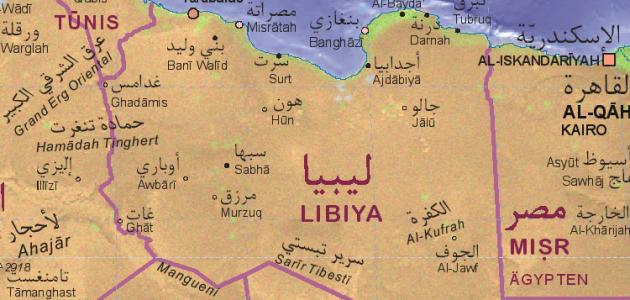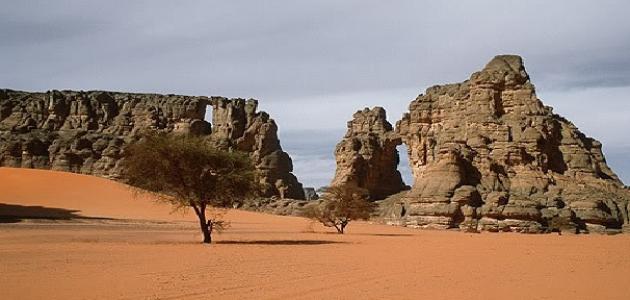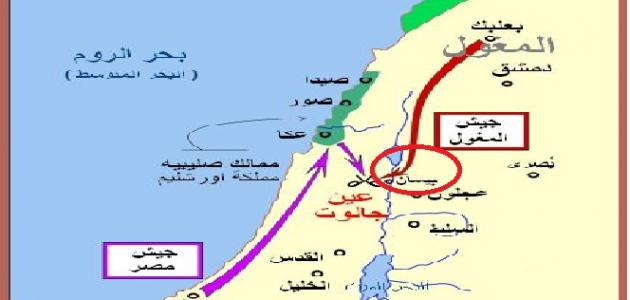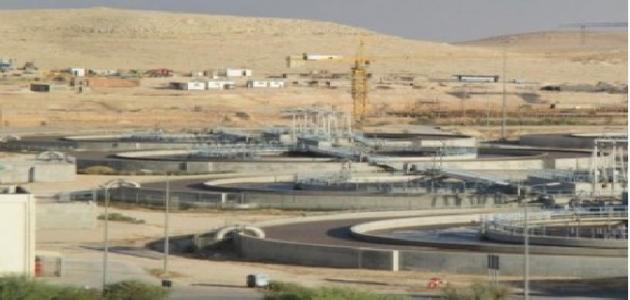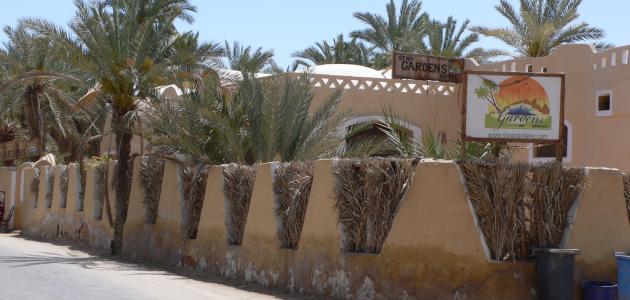Location of the land of Canaan
The word Canaan is a word taken from the word (Kanaa), which means the low area of the land. The Canaanites are among the Semitic tribes in the Arabian Peninsula, but they left that region. Some historians have agreed that the Canaanites lived in large parts of the Levant. Syria, Jordan, Lebanon, and Palestine; These countries were not divided at that time, but Palestine was called the land of Canaan, and it remained known by that name until 1200 BC, when the Cretan tribes invaded it. The Canaanites also fought many wars with the Amorites, the Hyksos, the Apostles, and the Egyptians who settled there. The Canaanites were greatly influenced by their civilization.
The city of Ur-Salem is the capital of the land of Canaan, and it was given this name in reference to peace among the Canaanites. The Canaanites in the Levant saw it as a strategic commercial area and a fertile land, so they established for them an ancient civilization with a history and history, and their land is considered a home for civilization. More than twenty structured settlements were found there, and the Canaanites were distinguished by their mastery of many works, including: construction, pottery works, agricultural works, and metal works.
Migration of the Canaanites
The history of the Canaanites was divided into several stages, which are as follows:
- Asset stage: The emergence of the Canaanites began at the beginning of prehistoric times, in the period known as the Chalcolithic Age, extending from 4000-3000 BC, meaning that this stage lasted for approximately a thousand years.
- Canaanite stage: It is the stage that began in the period known as the Bronze Age, extending from 3000-1200 BC. This stage began with the migration of the Canaanites to the Levant, especially the eastern side of the Mediterranean Sea. Where they settled in the south of the Levant in the land of Palestine.
- The Phoenician period: At this stage, the Canaanites became known as the Phoenicians. They lived on the eastern shores of the Mediterranean Sea, and this stage corresponded to the Iron Age, which extended between the years 332-1200 BC.
- The bonnet and kratom stage: It is the stage in which the Western Phoenicians migrated from the Levant to the coasts and islands of the Mediterranean Sea in Europe and North Africa. This stage was contemporary with the previous stage, the stage of the Phoenicians. It extended between the years 146-1200 BC.
Names by which the Canaanites were known
The Canaanites have been known by this name since ancient times, but some facts indicate that they were called several names before they were called Canaanites, and among these possible names are the following:
Read also:Where is Tangier located?- The name Kanaj or Kanakhni: It means red-purple, and it is the name the Babylonians gave to the Canaanites, and this was proven from the correspondence that took place between them.
- By Kanaan: It is the name given by the Egyptians to the Canaanites, and it refers to the southern region of Syria.
- As a survivor: It is the name given by the Hurrians to the Canaanites, and it means scarlet dye.
The language of the Canaanites
The Canaanites spoke three languages, as follows:
- Canaanite language.
- Aramaic: It is the language of Jesus, peace be upon him.
- Arabic.
Canaanite gods
The Canaanites had many gods, which are as follows:
- God El: He is the chief god of the Canaanites, and the king was known to the Levantine people as the son of El, and the people were known as the people of El.
- Goddess Yum: She is the mother goddess of the Canaanites, and the reason behind her being the mother is their belief that water is the first mother from which the universe emerged.
- The god Shem or Shamim: He is the first god of the sky, and it is possible that the name of the god is Cham, which is the name of the Canaanites when they were in Mesopotamia.
- Goddess Edem: She is the goddess of the earth, also known as Adam or Admah.
Canaanite rituals
The Canaanite civilization was known for its rituals that did not differ from the rituals of other peoples, and their explanation is as follows:
Read also:Where is Aqaba located?Daily rituals
There are many daily rituals performed by the Canaanites, which are as follows:
- Washing and purification: It is one of the important religious rituals for every Canaanite worshiper or priest, and it is divided into four types:
- Purification with water: They believed that purifying with water pleases the gods, which causes rain to fall. They also believed that washing after war is a must. This is because it is a crime whose traces must be erased.
- Purification with oil: It is a ritual performed for the god El in order to prevent misery. This type is not limited to kings and priests, but rather is available to all the Canaanite people.
- Purification by fire: Fire is considered the best method of purification. It was used in destruction rituals.
- the prayer: The prayer is performed by gods and ordinary people, and is recited through crying supplications. The prayer begins by presenting the situation, and then mentioning the divine attributes. It is devoid of invocations except the invocation of evil spirits and demons.
- Pouring liquor on the floor: The Canaanites believe that the sky delights in pouring wine, which causes the drought to end and rain to fall.
- Vows: Vows vary from one god to another, and are placed at the feet of the gods' temples.
- Beat the drums: It is one of the purification rituals performed by the Canaanites, which is used to expel evil spirits.
Occasion rituals
The Canaanites have many different rituals, and they are as follows:
Read also:Where is Hotat Bani Tamim located?- Marriage rituals: It is one of the ancient Canaanite rituals that believed that marriage and love were things that helped with strength and development. The goddess Anat was the goddess of engagement and marriage, and the goddess Kawtharath was the goddess who cared for the pregnancy.
- Death rituals: The Canaanites had special funerary rituals aimed at protecting the dead by the gods when he moved to the afterlife. They placed the dead in graves decorated with funerary monuments.
- Burning rituals: They performed the rituals of burning the dead and keeping the ashes inside urns in the altars.
